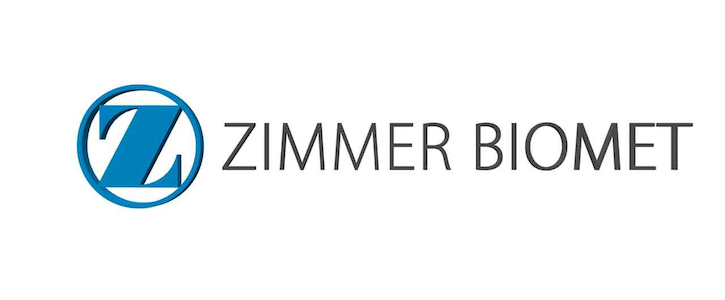FDA Clears Rosa Knee Software for Robotically-Assisted Knee Replacement Surgery
The software uses 3D imaging to help improve bone cut accuracy.

Thumbnail has been cropped. The image above has been resized. Courtesy of Zimmer Biomet and Kiplinger.
The U.S. Food and Drug Administration (FDA) today announced the clearance of Rosa Knee, created by Zimmer Biomet Holdings for robotically-assisted total knee replacement surgeries.
Healthcare Analytics News™ had a chance to speak with Zimmer Biomet representatives to learn more about how the software works.
Typically, during surgery, surgeons use their own tools to drill and place implants. This common practice is difficult though, because surgeons are unable to see how the ligaments and soft tissue surrounding the bone will hold up. Rosa will be able to use landmarks to see where the best place is for the knee implant to go, Kristen Martin, associate director of global development, Rosa Knee, told us.
>> READ: AI Reduces Processing Time for Abnormal Chest X-rays
Rosa Knee provides a real-time data display during surgery, so surgeons can look at possible outcomes and adjust, plan, fine tune and then execute to create better patient outcomes, she added.
The software is designed to improve bone cut accuracy and range of motion gap analysis, which can improve flexion and restoration of joint movement.
Rosa Knee can also use Zimmer Biomet’s X-Atlas imaging protocol, which provides X-ray-based preoperative images to create a 3D model of a patient’s bone anatomy.
Surgeons are able to look at the 3D model prior to operating and Rosa will ensure that the surgeon is making the proper cuts and following the preoperative plan, JS Merette, project manager, Rosa Knee, told us. Rosa will intervene if the landmarks are not being followed as it was mapped out.
“Complementing the skill and expertise of the surgeon with Rosa Knee’s robotically-assisted technologies can improve accuracy, precision and consistency, which can improve patient satisfaction, clinical outcomes and efficiency,” Christopher J. Cannova, M.D., Washington Joint Institute at OrthoBethesda in Maryland, said in a statement.
Zimmer Biomet has made big strides in its focus on manufacturing reconstructive products after the company acquired the French robot-assisted surgery firm, Medtech SA — which made the Rosa Brain and Rosa Spine platforms — in 2016.
And this is not the first time Zimmer Biomet’s software has received FDA clearance.
Last year, the FDA cleared the Persona Revision Knee system for knee replacement surgeries.
Get the best insights in healthcare analytics directly to your inbox.
Related
Will AI Replace the Radiologist?
FDA Clears RAPID AI Software for Selecting Stroke Victims for Clot Removal